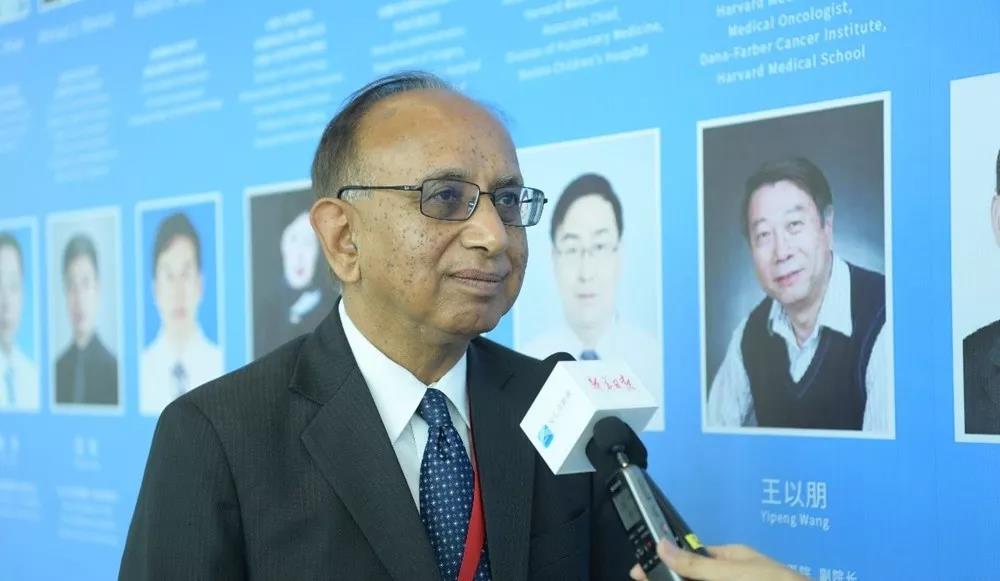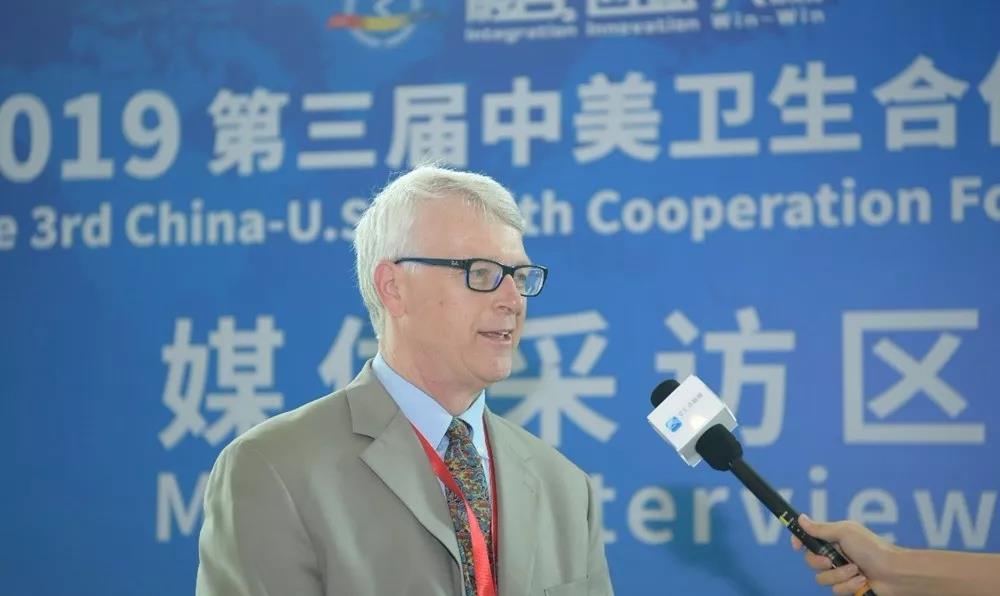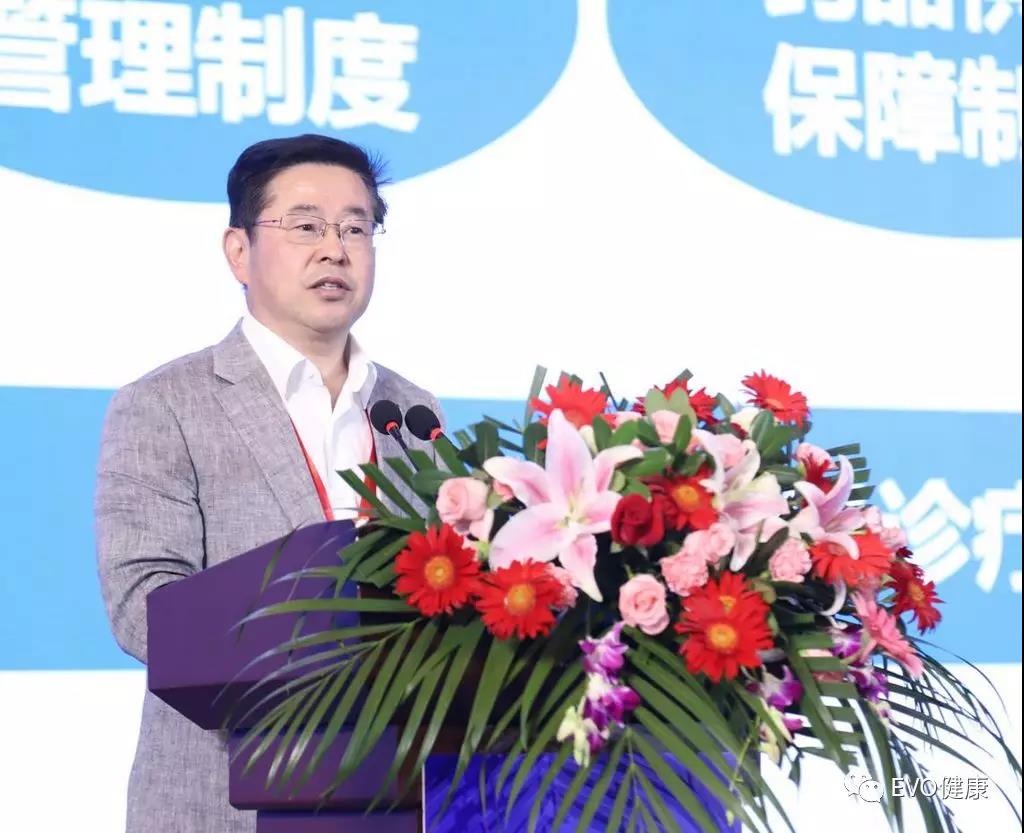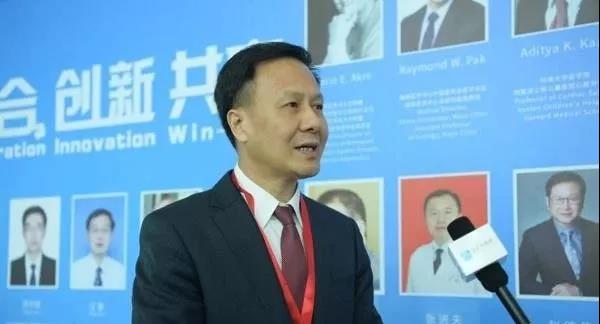9F, Zhongrui Jumei Building, 68 Jiuzhang Road, Suzhou Industrial Park, Jiangsu Province
Summit notice
Chinese and American giants take you to deeply analyze international cooperation and hospital development
The third Sino US Health Cooperation Forum in 2019 attracted nearly 3000 experts and scholars from the medical industry at home and abroad to gather by the Jinji Lake to brainstorm on topics such as hospital development, international cooperation, subject co construction, talent cultivation, oncology medicine, simulated medicine, and share cutting-edge scientific research and explore new ways of international cooperation

Ashok Saluja
Pancreatic cancer is one of the most deadly cancers known. In the research and analysis of pancreatic patients and diseases, the problems faced by China and the United States are the same, so cooperation is a key step. Ashok, vice chairman of the American Pancreatic Association and deputy editor in chief of the American Journal of Gastroenterology, is very looking forward to this forum. In brief interviews, the word "cooperation" is often mentioned, and he is eager to find like-minded partners, "Because" pancreatic diseases are difficult to prevent, once they develop, patients can only survive for 8 months. "
"While the mortality of other diseases is declining, the global trend of pancreatic cancer is on the rise," Ashok is very anxious about the status quo. "In the past 40 years, we have made slow progress. So we need more cooperation to expand our research sample, which will be very helpful for disease research, the invention of new drugs and therapies."

David C. Read
David, Vice President of Dana Faber Hospital affiliated to Harvard Medical School, said that sharing technologies such as genomics and biological banking would bring more convenience to diagnosis, treatment, and case studies, especially in clinical treatment, "Because of the large population base in China, there are some patients with diseases that the United States has never seen before, which is worth learning and studying. We also learn from some good therapies, such as acupuncture and moxibustion and traditional Chinese medicine, which were not available before in our clinics."

Tan Weiliang
Tan Weiliang, director of the Suzhou Municipal Health Commission, further explained the hierarchical diagnosis and treatment system in the medical reform. He emphasized the key point of improving the medical insurance system, such as through community referral to superior hospitals, which can enjoy corresponding medical insurance preferential policies. Another basic point to grasp is to improve the basic medical capacity, so that people can trust and be willing to stay

Xiao Haipeng
"What China lacks most is medical personnel willing to take root at the grassroots level," Xiao Qinglun said. The problem is not serious in the United States, but it needs to be seriously addressed in China. Xiao Haipeng, Vice President of Sun Yat-sen University, believes that the key issue is also the relatively small number of medical personnel in China "The average 100000 people in China have 14.9 doctors, compared to 25-36 in developed countries. Of the more than 3 million doctors with prescription rights, 48% have a bachelor's degree or less. Therefore, the quality and quantity of doctors are far from meeting the medical needs of the people." Xiao Haipeng said that during a training for general practitioners, he found that half of the general practitioners in district level medical institutions do not take blood pressure correctly. Therefore, the quality and quantity of medical personnel should be improved, There is still a long way to go

